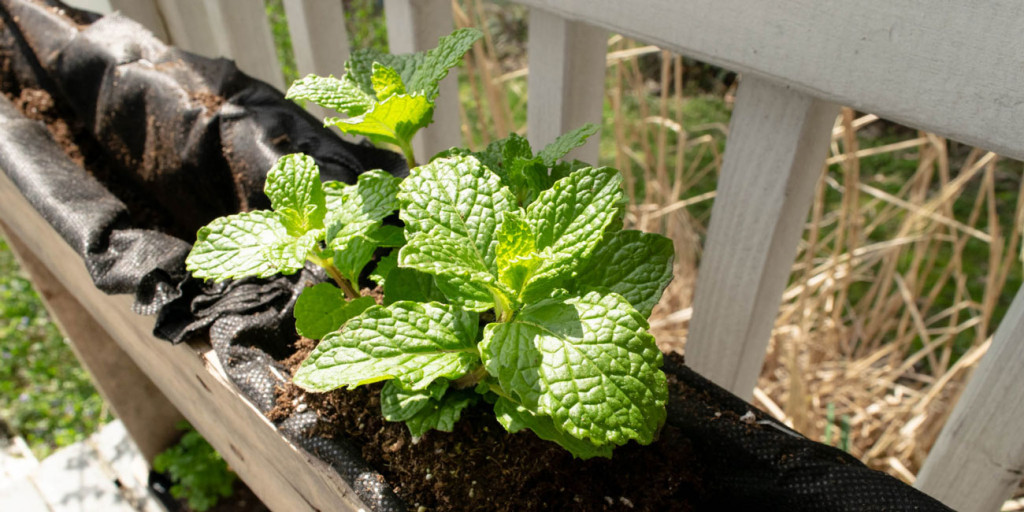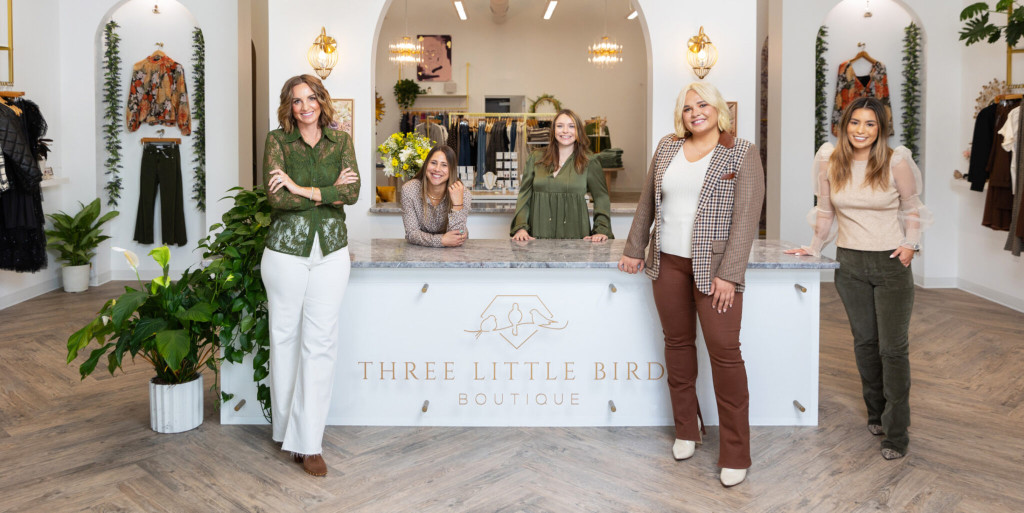Shopping & Retail
Spring DIY with Lancaster Habitat for Humanity ReStore
With the help of Habitat for Humanity's ReStore, we were able to create a crafty vertical herb garden to enjoy all season long.

The weather has finally been above 60 degrees for the past few days, so we decided to plan a DIY project this past weekend. With the help of Lancaster Habitat for Humanity’s ReStore, we were able to create a crafty vertical herb garden to enjoy all season long.
ReStore’s 20,000 square foot warehouse has new and gently used furniture and appliances, cabinets and hardware, and various building materials. This place is a DIY-er’s dream. Our wheels were turning the minute we walked in the door. After a bit of exploring we found some old pallets that were perfect for our vertical garden. Once we collected all of the necessary materials, it was time to get to work.
Photo from Lancaster Habitat for Humanity ReStore
Photos from Lancaster Habitat for Humanity ReStore
Want to get outside to build your own vertical pallet garden? Here is how:
What You’ll Need:
Pallet
Staple Gun/Staples
Weed Mat
Soil
Plants
We picked up our herbs, soil, and weed mat from a local garden store. Everything else you can find at ReStore! Pro Tip, if you are planning on planting herbs or vegetables in your vertical garden, make sure the pallet wasn’t treated with any chemicals. Plants with shallow roots like herbs, lettuce, spinach, kale, and a variety of succulents work best in a vertical garden.
Getting started:
1. Make sure your pallet is free from fragments and there aren’t any stray pieces of hardware sticking out. Take some sandpaper to smooth out the sides and a hammer to address any nails or screws that may be sticking out.
2. With your pallet aside, pull out your weed mat and measure it to the correct width of your pallet. You will want to fold it in half twice to make a sturdy place for the plants to sit—hammock style.
Another option is to seal off the bottom of the pallet with another plank of wood—perhaps from another pallet—to make a little box for your plant. You will still want to line the small box with weed mat, so the roots can suck up all the water they need.
3. Use your staple gun to secure the weed mat to the pallet.
4. Fill the sections of your pallet with potting soil halfway to the top. Make a little hole to plant your herb. Make sure there is some room between them so they can spread out. Fill the remaining space with soil—all the way to the top!—to ensure your herbs are rooted firmly in their new home.
5. Make sure your new vertical garden gets the recommended amount of sunlight for your plants and be sure to remember to water them!
Photo from Lancaster Habitat for Humanity ReStore
While you are doing your spring projects, remember to check out ReStore for any tools and materials that you could use. All of the proceeds from sales go directly to helping Lancaster Lebanon’s Habitat for Humanity efforts. If you are doing any spring cleaning or improvements to your home, keep ReStore in mind when you are donating any used furniture, cabinetry, appliances, or building materials.



